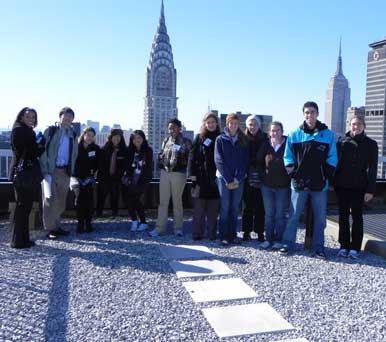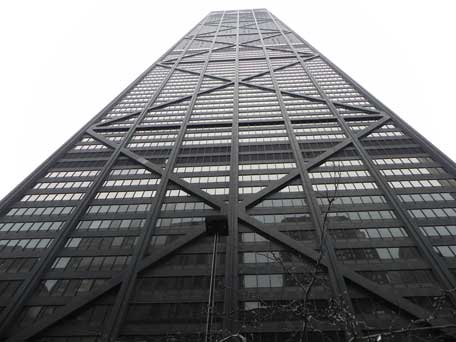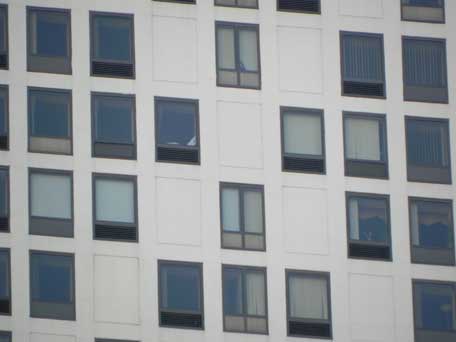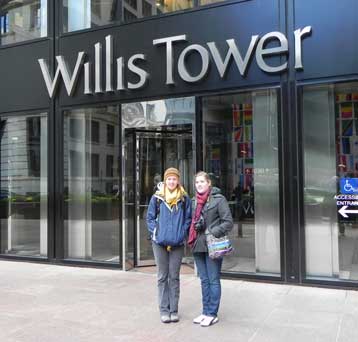Course
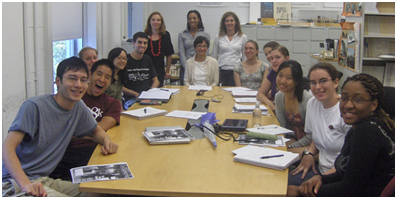 |
| The class with Fazlur Khan's daughter, Yasmin Sabina Khan (sitting, center). |
CEE 463: A Social and Multi-Dimensional Exploration of Structures
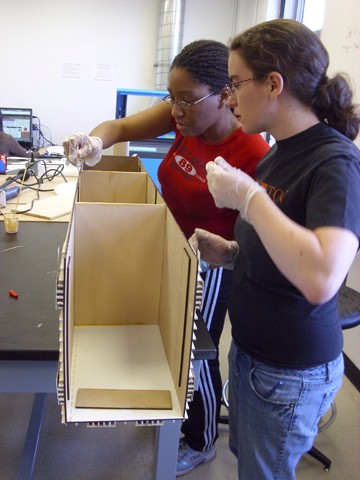 |
| Students working on a building model |
The best structures of our society (e.g bridges, buildings, towers, vaults) come to existence not only by selecting proper forms and making engineering calculations, but also by (1) knowing and working with the related economic and political circumstances, (2) developing an appropriate and economical construction process, which is intimately connected to the design, and (3) considering the environmental impacts of such a construction (i.e., durability and other sustainability measures). Yet a typical course of structural engineering study focuses only on the engineering calculations and not at all on these social aspects. This typical education is two-dimensional, that is, it is studied with sketches and, if you are lucky, photographs of real structures (although usually the latter is not done). Structures, however, are multi-dimensional: they have the three dimensions of space, plus the fourth dimension of time meaning that structures are not built to last only a few years (like cars for example) but over 100 years. Therefore, they must be durable, or in other words, sustainable.
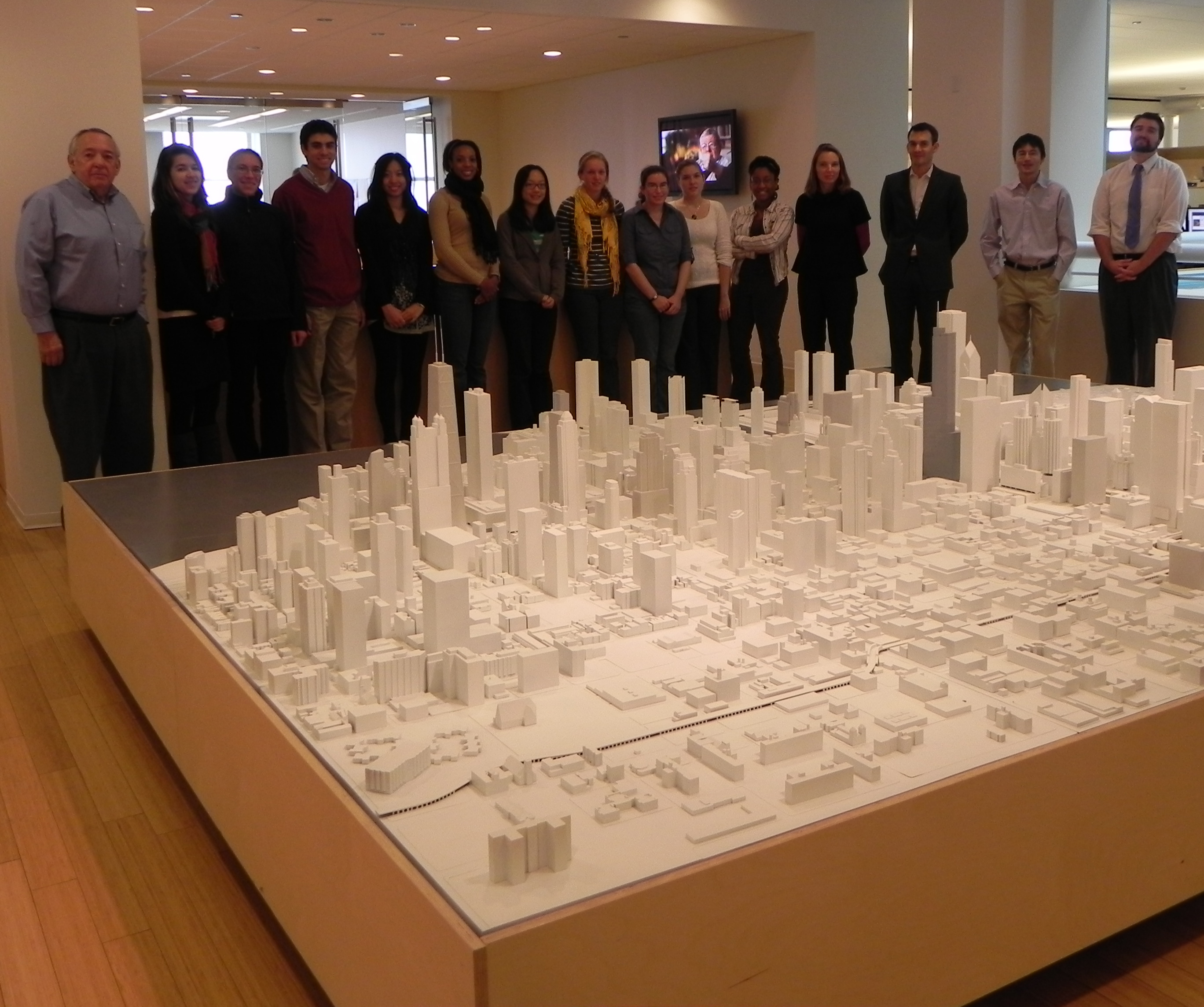 |
| CEE 463 visits the offices of SOM, an architectural engineering firm |
CEE463 is a focused study of one “theme” that changes every year. In the academic year 2010-2011 we chose the theme of tall buildings. Our goal was to teach a course that enhances traditional structural engineering education by addressing these described deficiencies through the following pedagogical objectives: (1)Reflect on aesthetics, (2)develop a sense of scale, (3)consider the environmental impacts of such a construction (i.e., durability and other sustainability measures), (4)learn to communicate ideas to the general public, and (5)reflect on the related economic and political circumstances. This new course builds on the well-established CEE 262: Structures in the Urban Environment.
 |
| William Baker, structural designer of Burj Khalifa, teaching the fundamentals of tall building design |
More specifically, we studied the works and major innovations of Fazlur Khan (1929-1982), designer of many important tall buildings such as the Sears Tower and John Hancock Center. Within each theme, we expected students to develop engineering analyses of Khan’s most important designs, study the social context, participate in a site visit, and make models of a few significant works to be placed on display as part of a small exhibition in the Engineering Library, Friend Center, Princeton University.Through site visits to these structures, the students gained a better sense of their scale and context as well as their influence on the environmental impacts (i.e. durability and other sustainability measures).
| Professors: Maria E. Moreyra Garlock Sigrid Adriaenssens Teaching Assistant: Morgan Neal |
Students: Daneeka Abellard Alex Beers Jeremy Chen Liz Deir Michaela Glaeser Scott Huang Meg Lee Jasmine Low Elizabeth Nadelman Megan Prier Maryanne Watcher |


